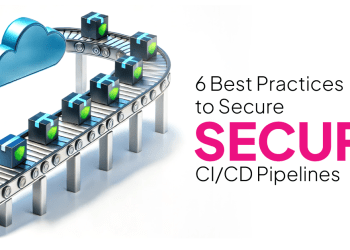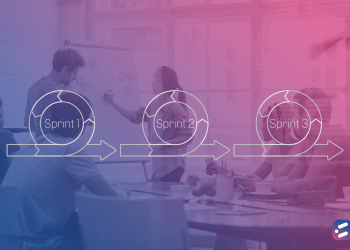Continuous Integration (CI) and Continuous Deployment (CD) are DevOps practices that, when implemented together, can greatly improve the efficiency of development teams, making the process more productive and the end product more stable and effective.
Here’s a closer look at CI and CD, and why they are important.
Continuous Integration (CI)
What is it?
Continuous Integration (CI) is the practice of merging all working copies of developer code to a shared mainline. This is carried out periodically, several times a day. In Continuous Integration, the segments of code being integrated are relatively smaller, and each of these are saved and automatically sent to the build server. From here, the build is passed on to a test server to run a series of automated unit tests.
In this way, new code segments are built, integrated and tested in a matter of minutes, making it easy for developers to check how well they work.
What are its benefits?
- Smooth Transitioning: Because Continuous Integration involves small segments of code, it implements small and iterative changes. This, in turn, makes it possible for the smooth transitioning of an application from one version to another.
- Quick Testing: With Continuous Integration, automation of test scripts and immediate feedback are made possible.
- Easy Resolutions: An issue detected in the code by automated test scripts facilitates speedy resolution by developers and avoids massive development problems. It also improves the functional aspects of the application, resulting in a better quality product.
- Morale-boosting Milestones: Despite the length of the project, Continuous Integration gives developers milestones to celebrate every day.
- Shorter time-to-market and Smaller Budgets: Due to the overall pace of sprints, products are delivered faster. A project that wraps up faster saves time, effort and resources.
Continuous Deployment (CD)
What is it?
Continuous deployment (CD) is the logical next step to Continuous Integration (CI). It involves the integration of code segments to the production environment several times in a day. Continuous Deployment, to the end user, involves small feature or functionality changes that don’t drastically change the application, instead resulting in a slow, steady, continual evolution.
In Continuous Deployment, a number of tools are used to automate the flow from one stage to the next. Once the code is saved by the developer, the process is set into motion — build, integration, testing, and deployment — directly in the production environment.
What are its benefits?
- Better Tests: Thorough automated tests can be set up throughout the value stream in Continuous Deployment, making testing a continuous process. Different types of tests can be set up at different stages of the SDLC.
- A/B Testing: The practice of Continuous Deployment facilitates real-world experimentation and immediate consumer feedback. In other words, feature modifications are made live so that the end user usage and response can be gathered, based on which the modification can be maintained, reverted or altered further.
- Faster Delivery: As with Continuous Integration, Continuous Deployment also speeds up the overall process of development. Finding out whether a code has passed or failed within minutes enables faster delivery of the end product.
The DevOps Practice Impact
By adopting DevOps practices like Continuous Integration and Continuous Deployment, at CloudNow, we have experienced:
- Improvement in Quality of Code by 80% with the integration of SonarQube, as part of the integration build pipeline
- Reduction in the number of reported incidents from the production system by 65% over a period of 4-6 months
- Improvement in process efficiency and drop in the number of non-compliances raised by CMMI auditors from 10 to 3 (on an average) in multiple projects
- Reduction in issues detected and improvement in the efficiency of QA team by 30% during an integration cycle
- Shortened MVP (Minimum Viable Product) during release cycles, resulting in over 4x faster time-to-market
At CloudNow, we are well-equipped to deliver DevOps solutions by bringing development and operations to the same table and making the SDLC faster and more effective in achieving your enterprise’s goals. To know more about our DevOps services, get in touch with us now.













